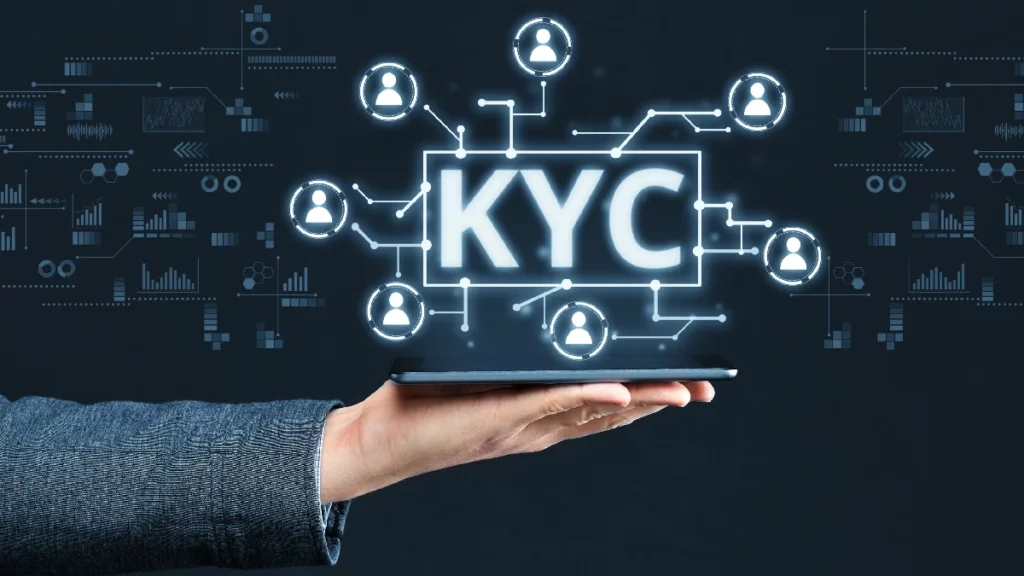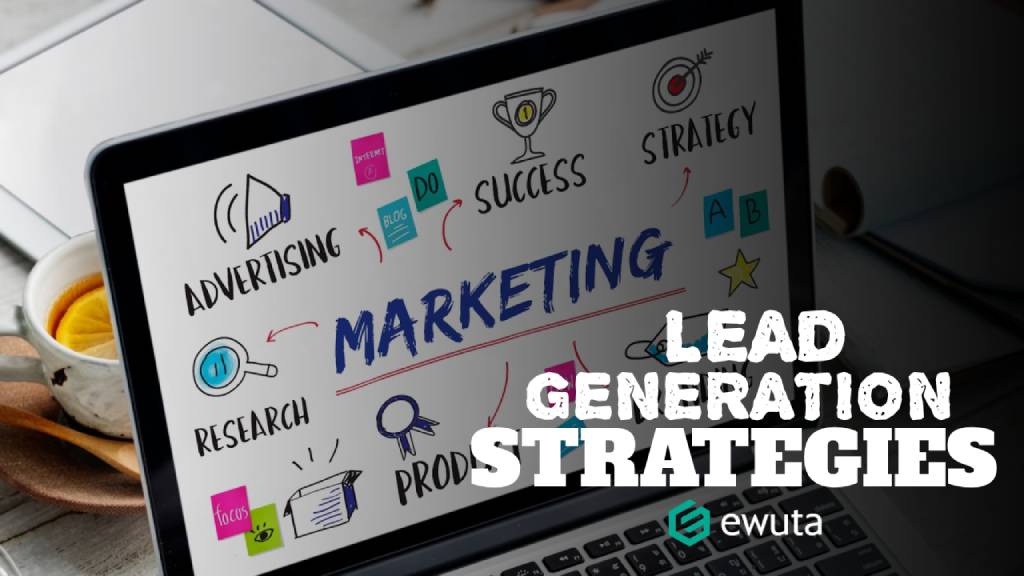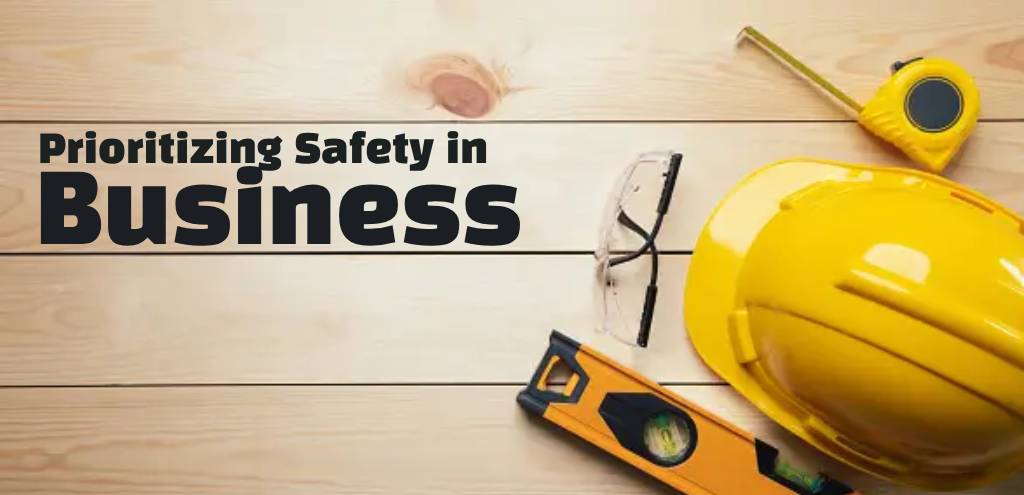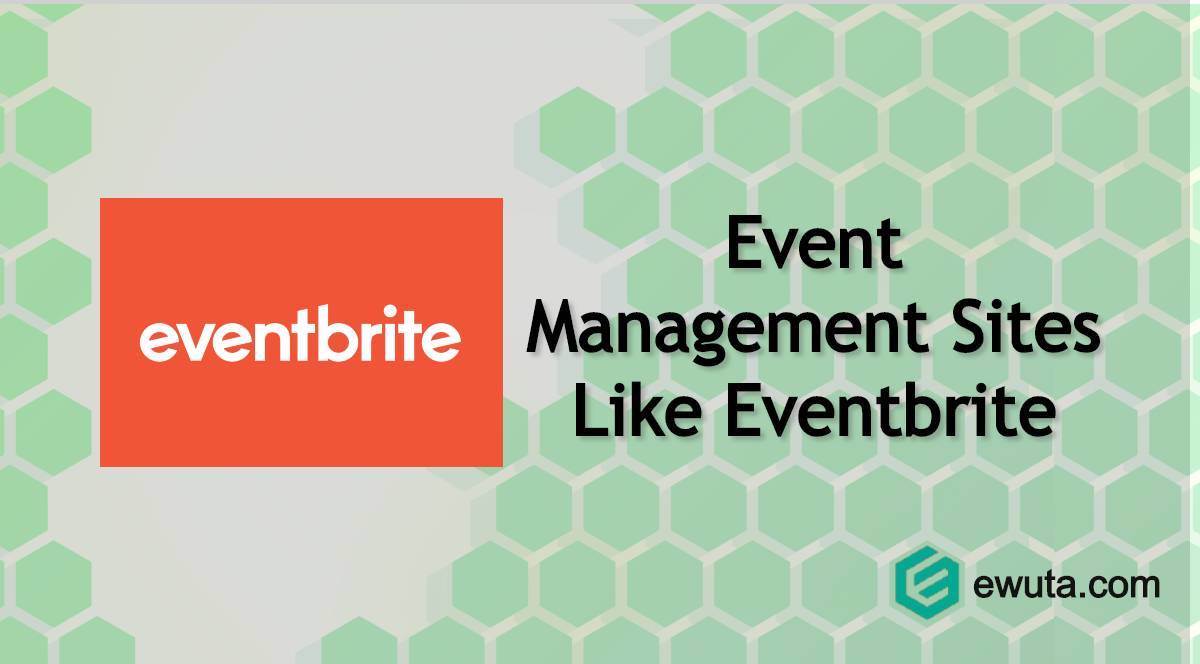Businesses like yours are becoming more aware that they need to be online, especially as the world starts recovering from the events of the recent pandemic. But you’re also aware that many customers are nervous about entering their personal information online, and rightfully so.

With identity theft on the rise and people becoming increasingly concerned about how their data is used. Businesses need to prioritize trust and transparency with customers by ensuring that their information is kept secure.
In short, if your business doesn’t have a customer verification process, such as document verification or multi-factor authentication, in place yet, now is the time! Read on for everything you need to give your clients peace of mind when they do business with you online.
Know Your Customer (KYC): What Is It?
Know Your Customer (KYC) rules and regulations that financial institutions impose on their customers to ensure they do not do business with criminals. KYC is also known as Customer Due Diligence (CDD).
At its core, KYC is a regulatory requirement by governments to combat money laundering and terrorism financing. It requires financial institutions to collect information about their clients before providing them with banking services.
Why Is KYC Important?
KYC is a legal requirement, but it’s also essential for your business. KYC can help prevent fraud, money laundering, and other illegal activities. The best way to explain why is to look at the benefits of KYC:
It helps prevent identity theft. If a customer uses a fake name or birthday when buying something online—and they’re not appropriately verified—the business cannot prove their story later on when they claim that an imposter stole their information.
In addition, it prevents terrorist financing and tax evasion (when people use fake names or other false information not to be tracked down). It also prevents money laundering (when criminals use dirty money from drug deals or other criminal activities to avoid getting caught).
How to Perform KYC?
KYC stands for “know your customer.” It’s a process of verifying a customer’s identity and establishing their credibility before you start working with them. KYC is important to know your customers and reduce fraud. Still, it’s also an opportunity to build credibility with customers by showing that you care about compliance standards and doing the right thing.
In some industries—like financial services or healthcare—KYC is required by law. This means that any business in those industries must verify their customers’ identities before doing business with them.
Other types of businesses may still find it helpful or even essential to perform KYCs because they want to be able to serve legitimate businesses. While keeping out scammers and other bad actors who could damage their brand reputation if they succeed at scamming someone through your product or service.
Customer Verification Methods
Customer verification is essential for online businesses because it helps with customer onboarding and reduces fraud. There are several methods of verifying customers:
- KYC (Know Your Customer)
This process involves verifying a customer’s identity, address, age, and residency. It also ensures that their source of funds is legitimate.
- AML (Anti-Money Laundering)
This process involves verifying that the money transferred from one party to another is from an acceptable source (i.e., not illegal).
1. Verifying Customers With a Phone Number
The simplest way to verify a customer’s identity is through a phone number verification service. These services work by sending a text or voice call to the number provided by the customer and asking them to reply with their name. Once you receive this information, it can be used as proof that they are who they say they are.
While this process will work for any business, it’s beneficial for online merchants with retail locations where customers have already given their physical address and phone number at the checkout (for example, when purchasing from Amazon). In these cases, all you need is a customer’s email address and phone number to begin verifying them as an existing customer in your system.
2. Verifying Customers by Email Address
Verifying customers by email address is a simple and cost-effective way to verify the identity of new customers. It is also an excellent way to verify the identity of existing customers. Most customers have an email address, so it’s easy for you to collect this information from them and use it for verification purposes.
Verifying an email address involves sending an automated message to the customer’s inbox, asking them to click on a link or button within that message for their information to be verified. Suppose they do not take action within a specified time (typically 24 hours). In that case, their email address won’t be considered confirmed and will be flagged as unverified in your database.
3. Verifying Customers With ID/Passport Documents
Verifying customers with ID/passport documents is the most secure way to prove their identities. It’s also necessary to adhere to KYC regulations in some countries, such as Australia and Canada. In these cases, verifying customer IDs can help you avoid fines or penalties from local governments.
Unfortunately, this method isn’t always possible because not all customers will have the required documents lying around at home (or even remember where they are). As a result, some online businesses choose to use other methods of customer verification instead—for example, multi-factor authentication.
Online businesses must verify their customers’ identities to adhere to KYC regulations. KYC is a legal obligation. It’s not just a best practice or a “nice-to-have.” KYC regulations prevent money laundering, terrorist financing, fraud, and identity theft. In other words, they help combat some of the most severe crimes today.
Conclusion
It’s not easy to stay one step ahead of fraudsters, but the more you automate your verification process, the better you can protect your business from an attack. Luckily, you have many options for taking a proactive approach to fraud prevention, which will help you streamline your work and increase revenue.
To kickstart this process for yourself or your business, we suggest doing these three things: evaluating what’s working now and what isn’t so that changes can be made where needed. Making sure employees are trained on how best to handle these changes in their day-to-day activities, and communicating those changes clearly with customers, so they know exactly what’s going on at every step of the way!



